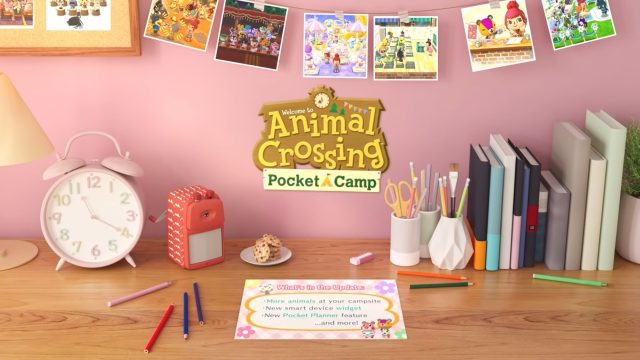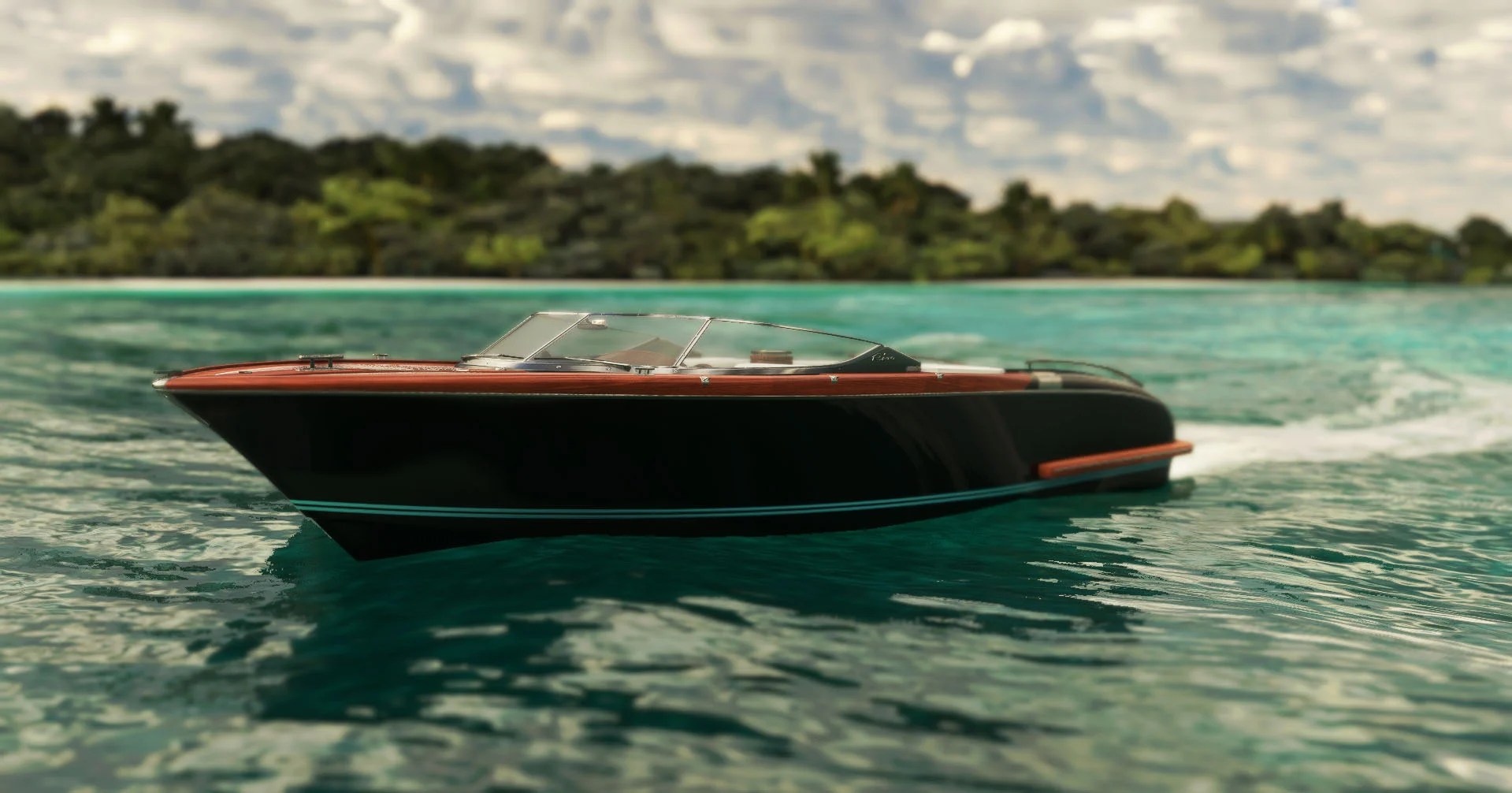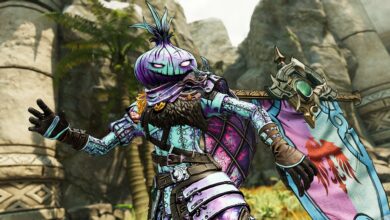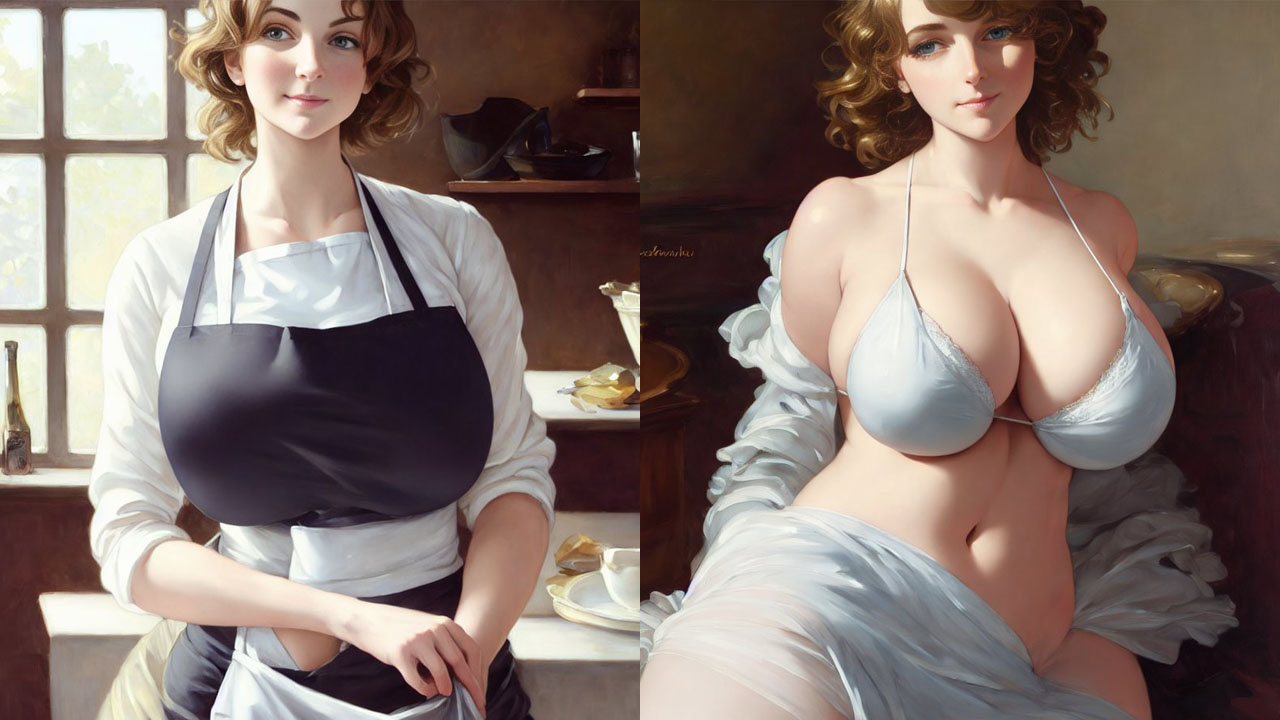

Stable Diffusion made headlines when it released as the first publicly-available artificial intelligence that could generate high-level art, purely with words.
AI-generated art simply requires the user to enter a word or several words to essentially suggest what the artificial intelligence-based algorithm will try to generate.
Lots of users made comical art with celebrities or characters, but one user sought to make high-art that masters the female form in a way that comes really close to human-made results.
Twitter user Chromed Sets opened an account purely for posting their AI-generated art, which they focused on a realistic, oil-painting like classical style. The results (shown above and below) were astounding:
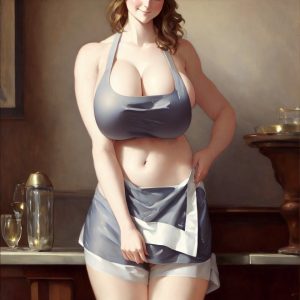
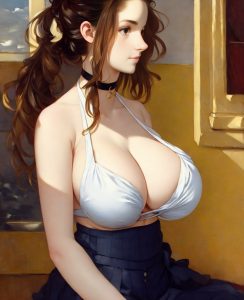
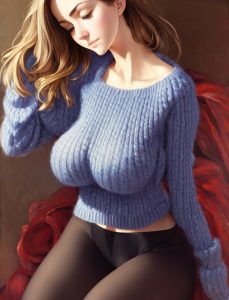
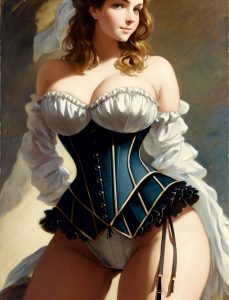
This obviously high-class user was actually nice enough to post a meticulously detailed walkthrough on the exact instructions you need to get close to achieving this brilliance.
In short, the seemingly Japanese user (they also have the steps available in Japanese, English is their second language, used a Japanese walkthrough to get started) was very focused on exactly what they wanted:
“I want a VICTORIAN GIRL in a style of OIL PAINTING,” the user said. “Eye and Face are important in art so she must have PERFECT FACE, SEXY FACE and her eye have DETAILED PUPILS.”
Furthermore, the user naturally wanted his AI girls to have “LARGE BREAST, TONED ABS and THICK THIGH,” as well as needing to “look FEMININE doing EVOCATIVE POSE, SMIRK and FULL BODY wearing NIGHT GOWN.”
Lastly, the girls had to look “INTRICATE, HIGH DETAIL, SHARP”, in the same way classical painters captured the female form.
There’s a caveat with this AI generation, though, in that the AI algorithm can only go so far without a “base” or “inspiration”, i.e. an artist or base image with a style that you like.
The user said to avoid trouble, they’re not revealing the four artists they used to generate the above images – but they did use four to achieve perfection.
So what did Niche Gamer’s team do? Of course we got Stable Diffusion up and running and spent hours fine tuning the algorithm to get some impressive results – just to make sure this wasn’t total nonsense. Here’s the first AI girls we generated:
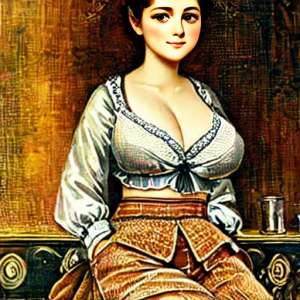
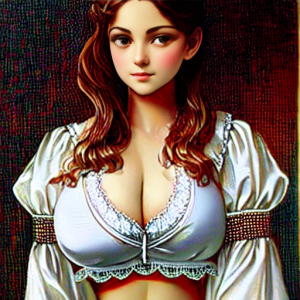
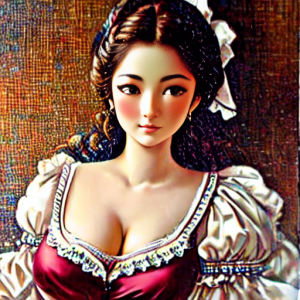
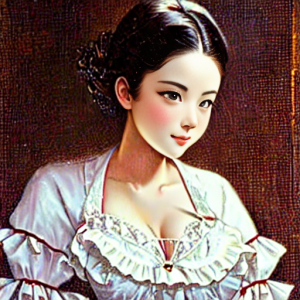
Not quite as good, right? When tinkering with sizing (this affects the overall design and makeup of the image output), we got wildly different designs at times, and sometimes even weird nightmare-fuel stuff like breasts growing on arms, weird bodily errors, and so on.
A reminder the above four were made purely based on the suggested words and conditions put for the algorithm in Stable Diffusion. It wasn’t until I put the names of some favorite artists of mine that we really got something special:
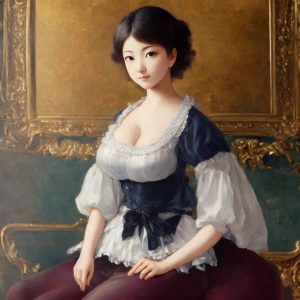
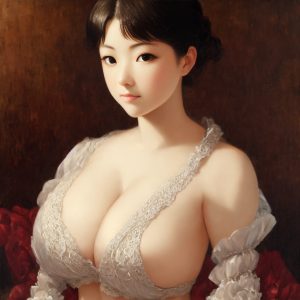
These were the first images created in Stable Diffusion using four artists I love: Kinu Nishimura, George Kamitani, Akira Yasuda, and Sakimichan.
So, in essence, the Stable Diffusion AI started coalescing their four unique art styles and created images with the existing conditional words, elevating to another level that AI alone seemingly could not achieve.
After tweaking output sizes again, we got some even more spectacular results:
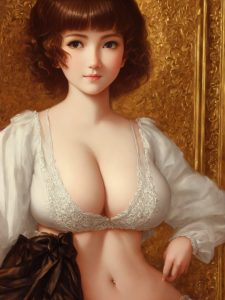
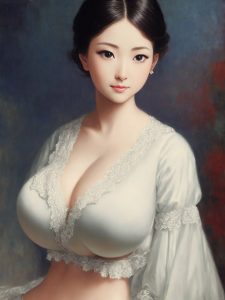
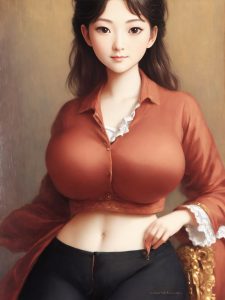
The final image I created with Stable Diffusion was something I was actually impressed with.
The art created with these tags and conditions was something that if I didn’t know any better – I’d assume it was human-made fine art:
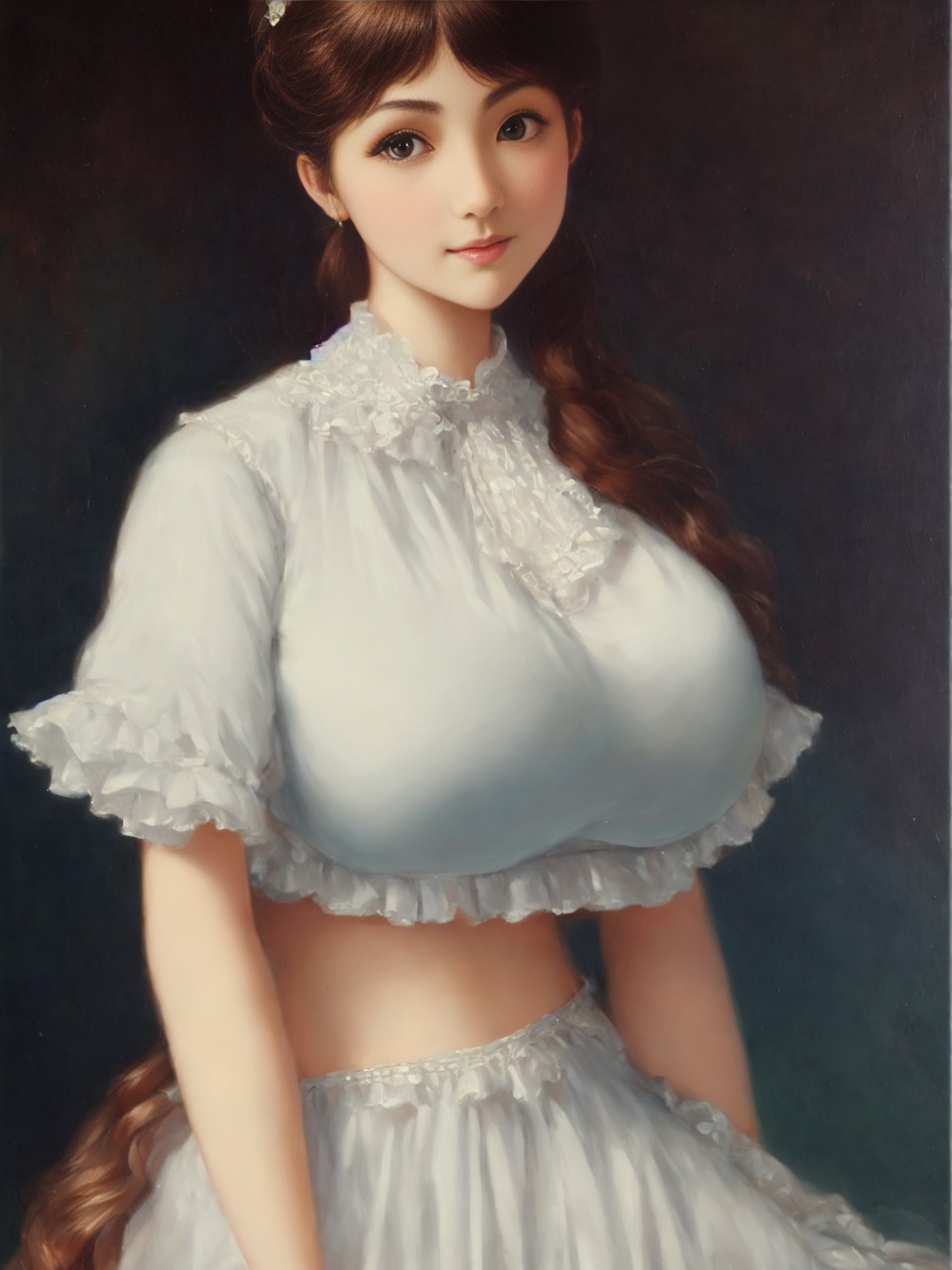
It’s worth noting I used Voldy’s handy “retard guide” for getting Stable Diffusion set up properly, and you will absolutely need the massive “Waifu Model”, otherwise your art will not capture these aethetics.
The different “models” are what the AI is trained on, which affects its output. The Waifu Model is a specially trained algorithm based on some 50,000+ images from popular image board Danbooru, it is impossible to achieve the above art without that model.
The only thing Stable Diffusion AI (or others) seem to have difficulty with is hands, which is hilariously something even human artists tend to struggle with. The user even jokes about this after having started their run of AI-generated art, and it’s something we noticed in our findings too.
